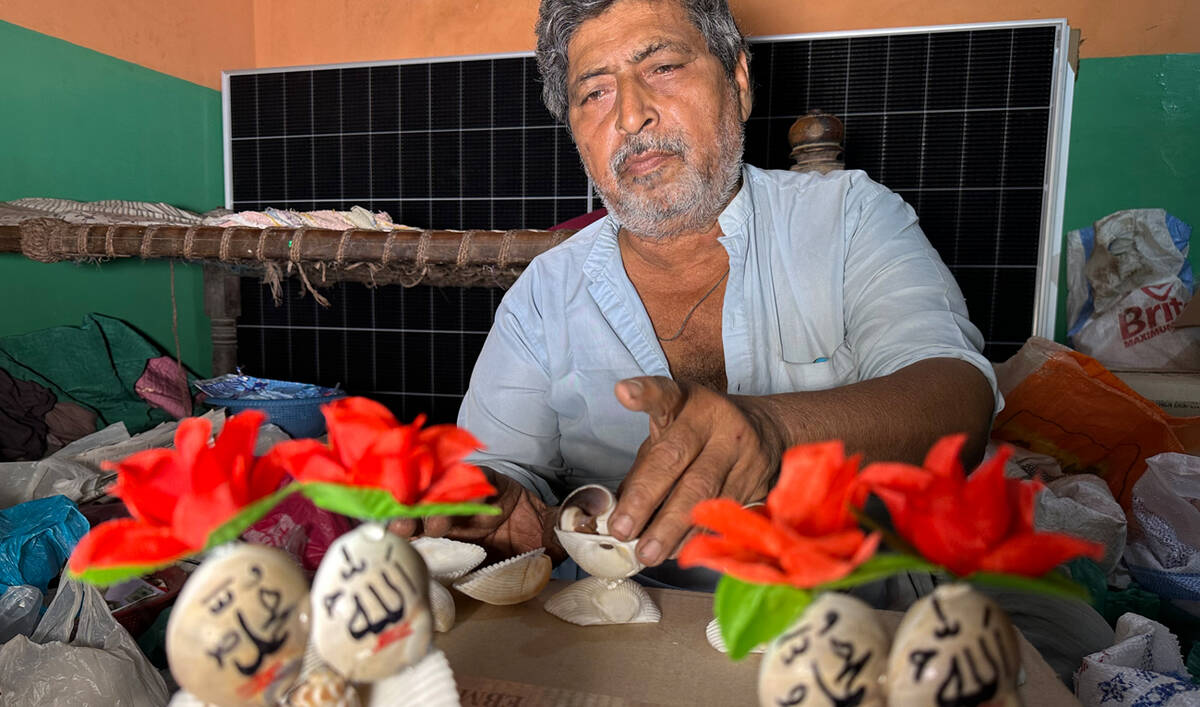ISLAMABAD: The Economic Coordination Committee (ECC) of Pakistan’s federal cabinet has approved an upward revision in gas tariff for industries, the Finance Division said on Saturday.
The development came after an ECC meeting to discuss a summary submitted by Petroleum Division for an upward revision of the indigenous gas tariff for industry, or captive power plants, as well as non-protected domestic slabs.
A captive power plant refers to an electricity generation facility owned and operated by a specific industrial or commercial entity to primarily power their own operations, rather than selling electricity to the public grid. It’s dedicated to supplying electricity solely for the needs of the company that owns it, like a large factory or industrial site, minimizing reliance on the national power grid.
While the committee approved a revision in prices for industrial consumers, it declined to increase the tariff for domestic consumers to protect them from additional burden, according to the Finance Division.
“The ECC, following a through discussion, decided to approve upward revision in gas tariff for captive power plants from Rs3,000 per mmbtu (metric million British thermal unit) to Rs3,500 per mmbtu to ensure required revenue for the gas sector during FY2024-25,” the Finance Division said in a statement.
Pakistan’s caretaker government increased the prices of natural gas by up to 67 percent for residential consumers in February 2024, in a bid to meet one of the key fiscal tightening conditions of the International Monetary Fund (IMF) for a final review of its last bailout program, worth $3 billion, that helped saved the country from a default.
In August last year, Petroleum Minister Musadik Malik had said his government would keep the gas prices unchanged until winter months of December 2024 and January 2025, amid rising costs of living in Pakistan at the time.
Pakistan, which imports most of its energy needs, saw days of protests in July and August 2024 over the rising costs of living, mainly fueled by energy price hikes. The protests had prompted Prime Minister Shehbaz Sharif to announce a three-month, Rs50 billion subsidy for electricity consumers using up to 200 units a month.
























